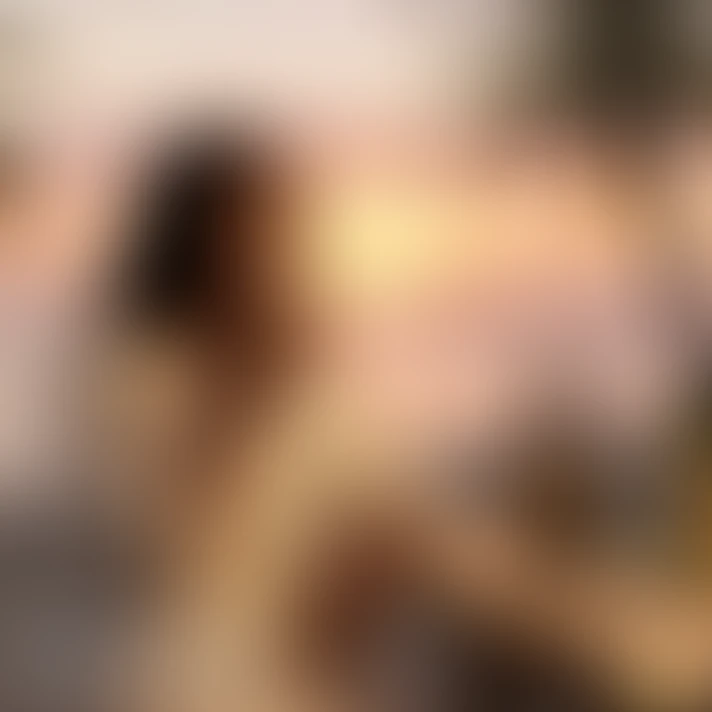Difference Between Haitian Tonmtonm and African Foutou (Fufu)
Haitian and African cuisine are gastronomic treasures that highlight local ingredients and preparation techniques passed down through generations.
Among the most popular dishes of both cuisines, Haitian Tonmtonm and African Foutou (or Fufu) are distinguished by their rich flavors and unique textures. These two dishes, although they share a similar foundation the use of local products such as cassava or plantain - have interesting differences, especially in their preparation, taste and accompaniment.
Tonmtonm is a simple but delicious Haitian dish. Breadfruit, a staple food in Haiti, is first boiled to release its flavor, then pounded by hand in a mortar and pestle, a step that requires strength and patience. This preparation process, often performed by several family members, represents a moment of sharing and passing on culinary traditions. Sometimes seasoned with pepper, garlic, or other light spices, Tonmtonm takes on a mild, subtle, and slightly spicy flavor.
Its texture is firm but soft, creating a dense purée that pairs perfectly with a variety of dishes. Tonmtonm is often served with okra sauce (or Sòs kalalou), a slightly acidic and spicy sauce, which brings a richness of flavors and pairs harmoniously with the pounded breadfruit.
It is often accompanied by savory meats, such as beef or pork. Crabs can also be a traditional accompaniment, bringing a maritime touch and a delicious contrast to the dense texture of Tonmtonm.
Foutou, or Fufu, is an iconic dish in African cuisine, particularly popular in Côte d’IVoire. It is prepared from plantain, which can be used ripe or unripe, and cassava boiled together and then pounded to a smooth, elastic consistency. The pounding process gives Foutou a chewy texture that pairs perfectly with the rich sauces of African cuisine.
Foutou is often served with spicy sauces such as sauce graine (a palm nut-based sauce), or other meat and vegetable sauces, and is commonly eaten in the central and eastern regions of Côte d’IVoire. This dish is an essential accompaniment to many meals, providing a neutral but nourishing base for the sauces and meats that accompany it.









